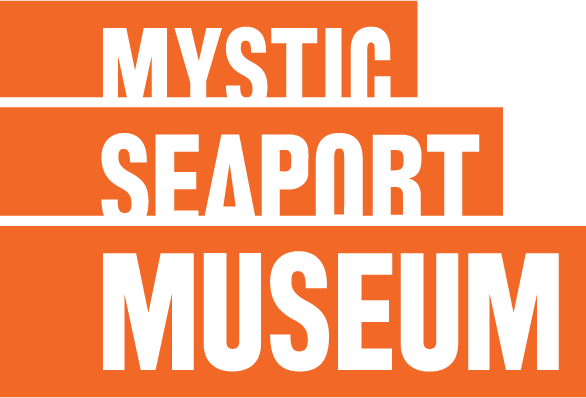 Mystic Seaport has named Quentin Snediker the Museum’s Clark Senior Curator for Watercraft. His role will be to provide direction and leadership in the preservation and development of the Museum’s watercraft collection, which presently numbers more than 500 vessels of all sizes, ranging from small rowboats and kayaks to four National Historic Landmarks, including the 1841 whaleship Charles W. Morgan. This position is in addition to his role as Director of the Museum’s Henry B. duPont Preservation Shipyard.
Mystic Seaport has named Quentin Snediker the Museum’s Clark Senior Curator for Watercraft. His role will be to provide direction and leadership in the preservation and development of the Museum’s watercraft collection, which presently numbers more than 500 vessels of all sizes, ranging from small rowboats and kayaks to four National Historic Landmarks, including the 1841 whaleship Charles W. Morgan. This position is in addition to his role as Director of the Museum’s Henry B. duPont Preservation Shipyard.
As the Clark Senior Curator for Watercraft, Snediker will be tasked to evaluate the collection contents, maintain the highest levels of preservation practice, and develop an ongoing curation plan to maximize the collection’s contents for historical importance and cultural relevance. He is only the second person to hold this title at the Museum. He succeeds Dana Hewson, who is retiring after 39 years at Mystic Seaport at the end of April 2017.
“This title is recognition of Quentin Snediker’s extraordinary knowledge and experience in maritime history and preservation techniques,” said Mystic Seaport President Steve White. ”He is a leader in the field with a worldwide reputation and the Museum is fortunate to have someone of his caliber on staff to lead our collection.”
A graduate of the State University of New York Maritime College, Snediker spent the first 16 years of his career as captain of traditional sailing vessels in New England, Chesapeake Bay, and beyond. During this time he managed the construction and operation of a 140-ton schooner Mystic Clipper.

He arrived at Mystic Seaport in 1989 where he assumed the position of supervisor of vessel maintenance at the Museum. In 1990, he organized an effort to salvage 200 tons of live oak timber downed in South Carolina during Hurricane Hugo. He also led the Museum’s efforts to furnish the Morgan in a historically correct manner during the 1991 150-year anniversary celebration of the historic whaleship.
From 1993 to 1994, Snediker was Associate Director of Programs at the Chesapeake Bay Maritime Museum, where in addition to supervising museum programming he also supervised the preservation of the E.C. Collier, one of the few remaining Chesapeake Bay skipjacks.
Snediker returned to Mystic Seaport in 1995 to be project coordinator for the design and construction of the freedom schooner Amistad. Following the launch of the Amistad in March 2000, he was named the director of the Shipyard. Notable projects during his tenure include restorations of the fishing vessel Roann, the Morgan, and the steamboat Sabino, the last two of which are National Historic Landmarks in the collection.
In addition to his B.S. in Marine Transportation from SUNY Maritime, Snediker has a M.A. in Historic Preservation from Goucher College. He is a frequent lecturer and written numerous articles on a variety of maritime subjects. He is the co-author with Ann Jensen of “Chesapeake Bay Schooners” (Tidewater Publications: 1992).







